
board games snake and ladder with number in english Google Search Klassrumsidéer, Ylvis, Skola
Snakes and Ladders, Originated in Ancient India called Mokshapat or Moksha Patamu Published 3 years ago on January 21, 2021 By Vedic Tribe Views: 6,670 The board game, today called Snakes and Ladders, originated in ancient India, where it was known with the name Mokshapat or Moksha Patamu.

M.Y Snakes & Ladders Traditional Snakes and Ladders Board Game for Kids & Adults Amazon.co.uk
How to Play Play with up to 6 players Select your color, roll the dice and, move your piece. If you roll a 6, you get another roll for free. You can play Snakes and Ladders with up to 6 friends or AI opponents. Climb ladders - dodge snakes There are ladders and snakes of varying lengths scattered around the board.
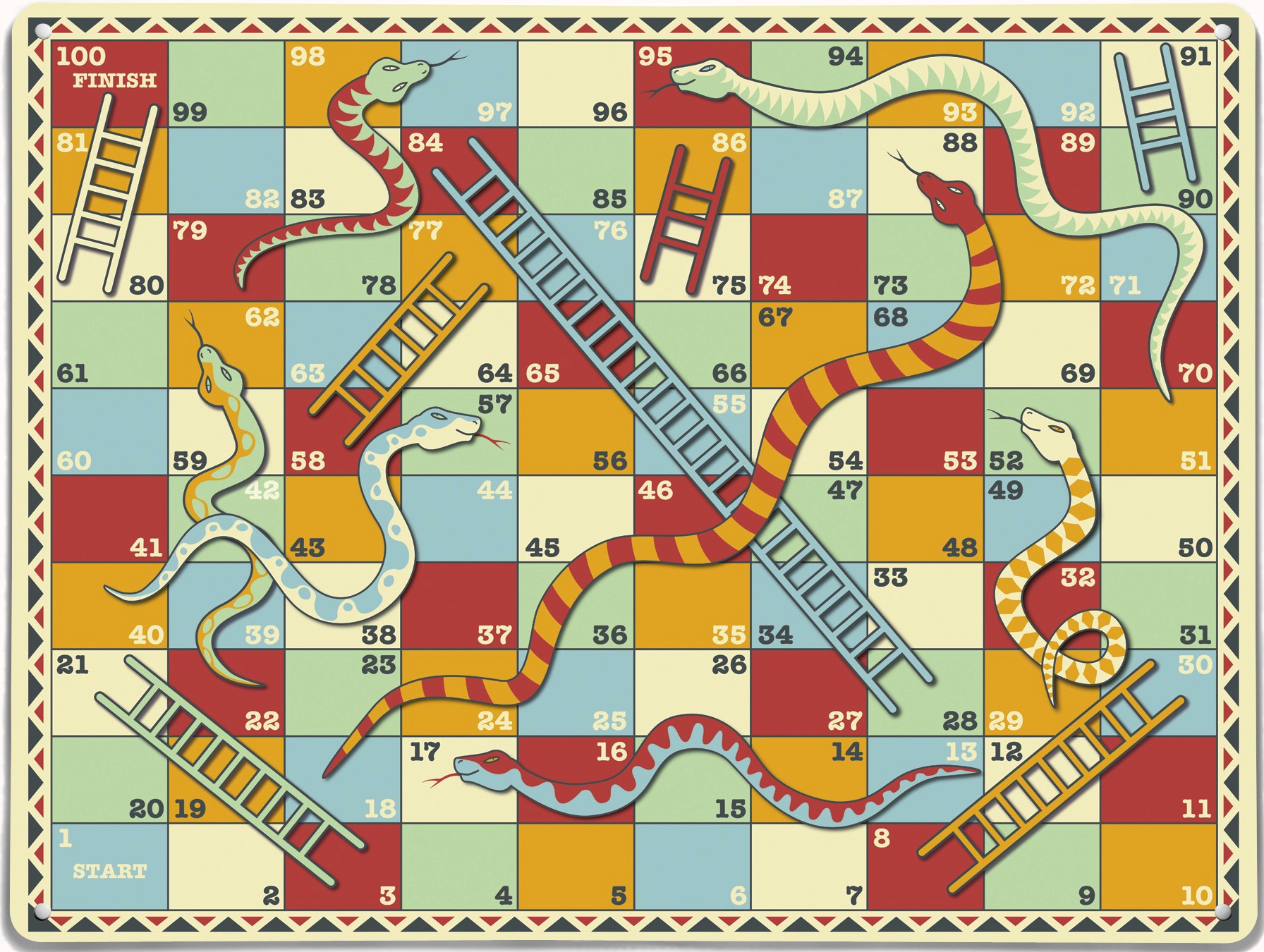
Why your diversity efforts feel like game of snakes and ladders
Originally, the game of Snakes and Ladders was known variously as Gyan Chaupar (meaning 'Game of Knowledge), Mokshapat, and Moksha Patamu, and was originally a Hindu game. Nobody knows for sure as to who invented this game, or when it was created.

snakes and ladders V&A Explore The Collections
$ 659.99 Original Price $659.99 (35% off) FREE shipping Add to Favorites Large Snakes and Ladders, 19" x 19" x 3/4", Birch Plywood Board, Up to 6 Players, Classic Board Game, Masterpiece Lasered Wood. 24" Laminated Snakes & Ladders Board game - Board Games - Family Fun - Pink Game Board - Snakes - ladders (76) $ 88.00. FREE shipping Add to.

Snakes And Ladders Logo
Griffin Bateson / August 31, 2023 The beloved board game Snakes and Ladders has been enjoyed by people of all ages. But did you know that it has a rich and fascinating history that spans centuries over several continents? Originating in ancient India, this game has evolved and transformed over time, captivating players across cultures.
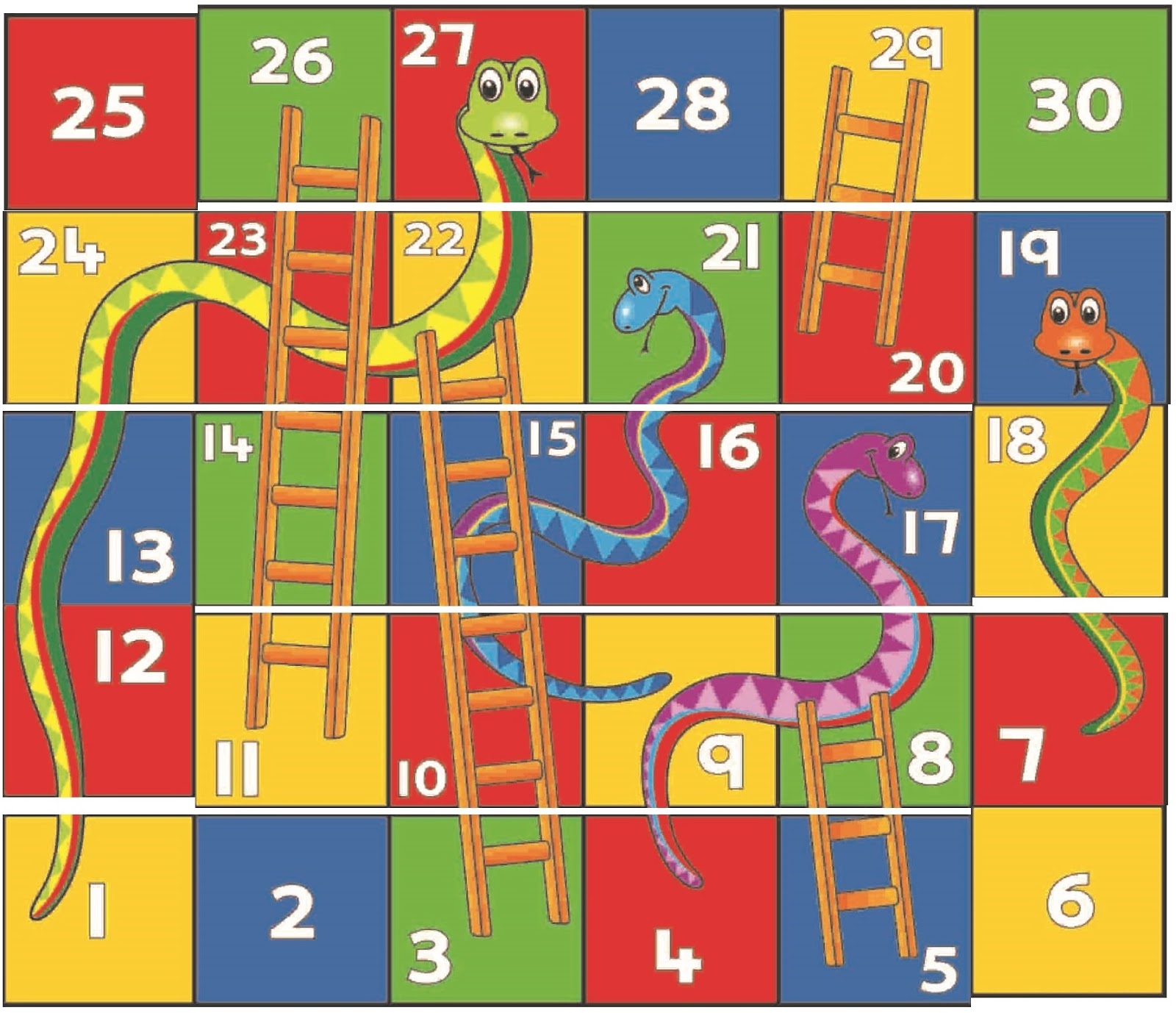
Snakes And Ladders Grid
It is played between two or more players on a game board with numbered, gridded squares. A number of ladders and snakes are pictured on the board, each connecting two specific board squares. The object of the game is to navigate one's game piece, according to die rolls, from the start to the finish, helped or hindered by ladders and snakes.
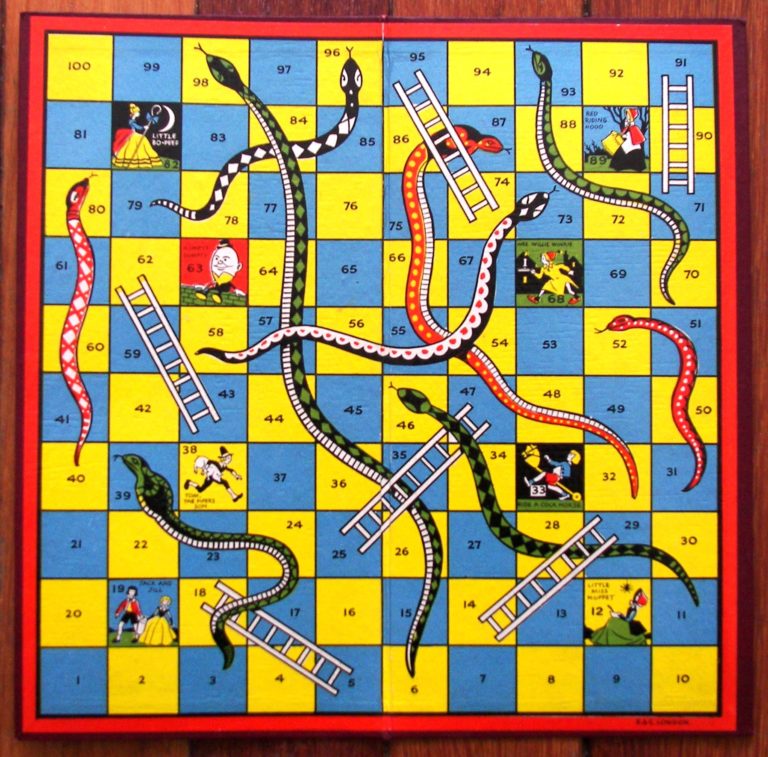
1950's Snakes & Ladders by GoodWin, England tomsk3000
Snakes And Ladders is a classic board game of the roll the die (or spin the wheel), make a move and get to the finish as quick as possible type of game.. About - Description. Named Snakes and Ladders in the UK and Europe, and in the US it's known as Chutes and Ladders. This board game classic has roots that go way back to Ancient India (2 AD), and then it made its way to England to be sold.

Love for Snakes & Ladders on Pinterest Snakes, Board Games and Sled
Snakes and Ladders, known originally as Moksha Patam, is an ancient Indian board game for two or more players regarded today as a worldwide classic. It is played on a game board with numbered, gridded squares. A number of "ladders" and "snakes" are pictured on the board, each connecting two specific board squares. The object of the game is to navigate one's game piece, according to die rolls.

Snake Ladder Game Pdf images
The game originated in ancient India as Moksha Patam, and was brought to the UK in the 1890s. It is played on a game board with numbered, gridded squares. A number of "ladders" and "snakes" are pictured on the board, each connecting two specific board squares.

Imagine the game Snakes and Ladders, but every time the player lands on a snake and must slide
1 Understand the object of the game. The object of the game is to be the first player to reach the end by moving across the board from square one to the final square. Most boards wrap back and forth, so you move left to right across first row, then move up to the second and move right to left, and so on. [1]

Subdued color game board Snakes and ladders, Ladders game, Homemade board games
Chutes and Ladders is based on an ancient game called Snakes and Ladders, which is believed to date back to India in the 2 nd century BC. This historic version was an allegory of the journey of life and used to demonstrate concepts like karma, represented by the ladders, and kama (desire), represented by the snakes. In the original version.
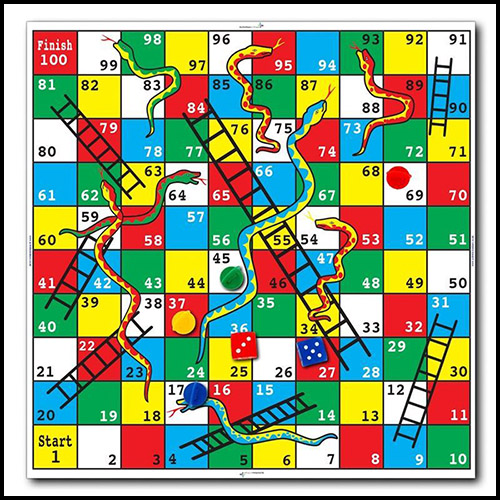
Shots and Ladders An Easy Snakes And Ladders Drinking Game The Chuggernauts
But, what is the origin of the game and how it came into prominence? Did you know that Snakes and Ladders have their roots and origins in India? The origins of the popular board game can be traced back to India. Sanke and Ladders game was originally known as Moksha Patamu, which means the path to liberation.
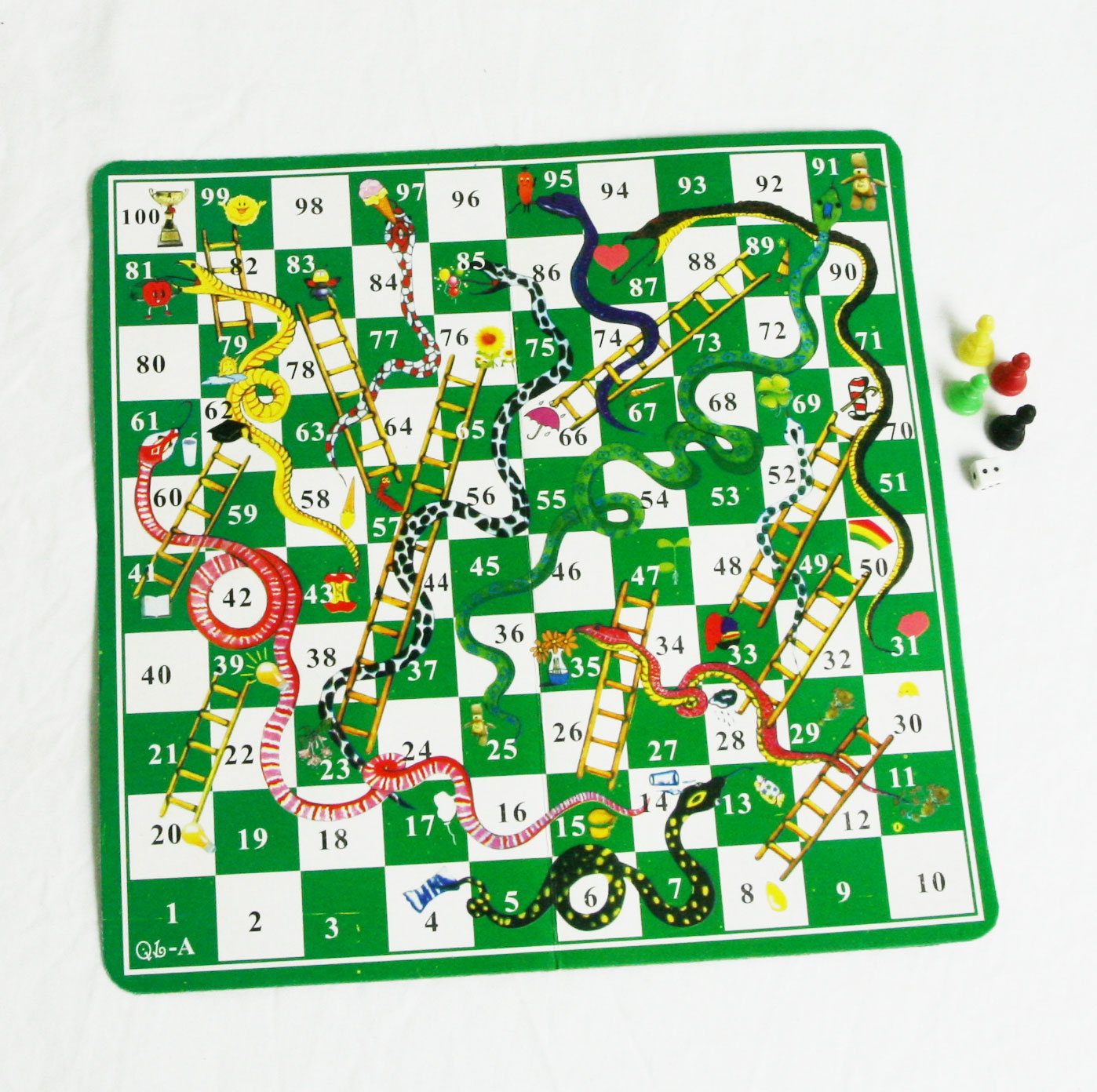
Snakes n Ladders Original Game (1 set)
Play Snake & Ladder Board Game Online. The Online Snakes and Ladders game is far more intriguing than the traditional Snake and Ladders board game. Instead of one playing token, it has two distributors amongst the players on the board. Go for the Snake game download from apps like Playerzpot and win real money online.
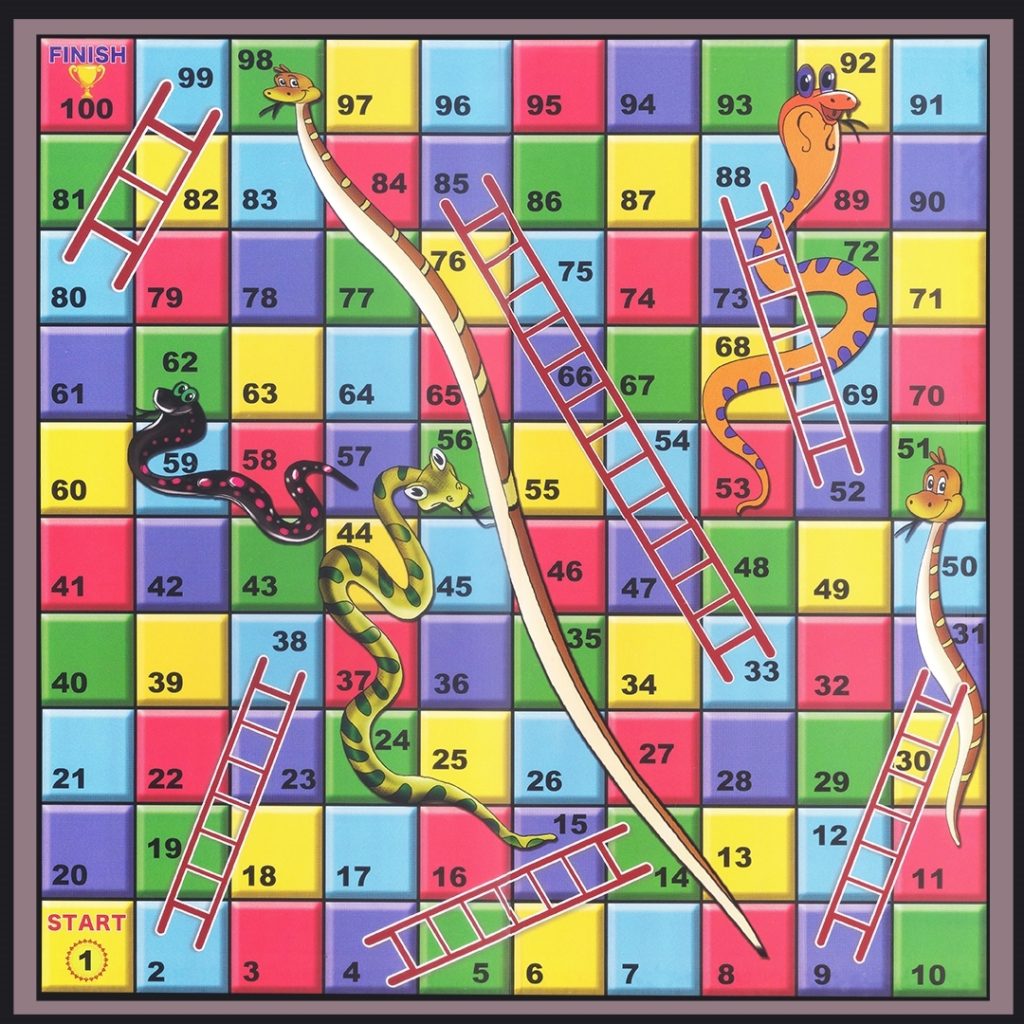
Snake & Ladders board game was originally called Moksha Patam Nepali Class
Snakes and Ladders board game was originally created by Sant Dnyaneshwar, a Marathi saint and philosopher, with the purpose of imparting moral lessons to children and highlighting the repercussions of their actions. Over time, the game evolved and was introduced to England in the late 19th century.

Wooden Snakes & Ladders 23" Luxury Board Game
Snake and Ladder Board (1 - 60 of 276 results) Price ($) Shipping Recommended Sort by: Relevancy Snakes and Ladders Board Game for Mental Health and Wellbeing: With Triggers, Coping Skills, Emotionals, and Relationships Versions (2k) $5.47 Instant Download Snakes and Ladders Board Game Printable PDF (37) $5.29
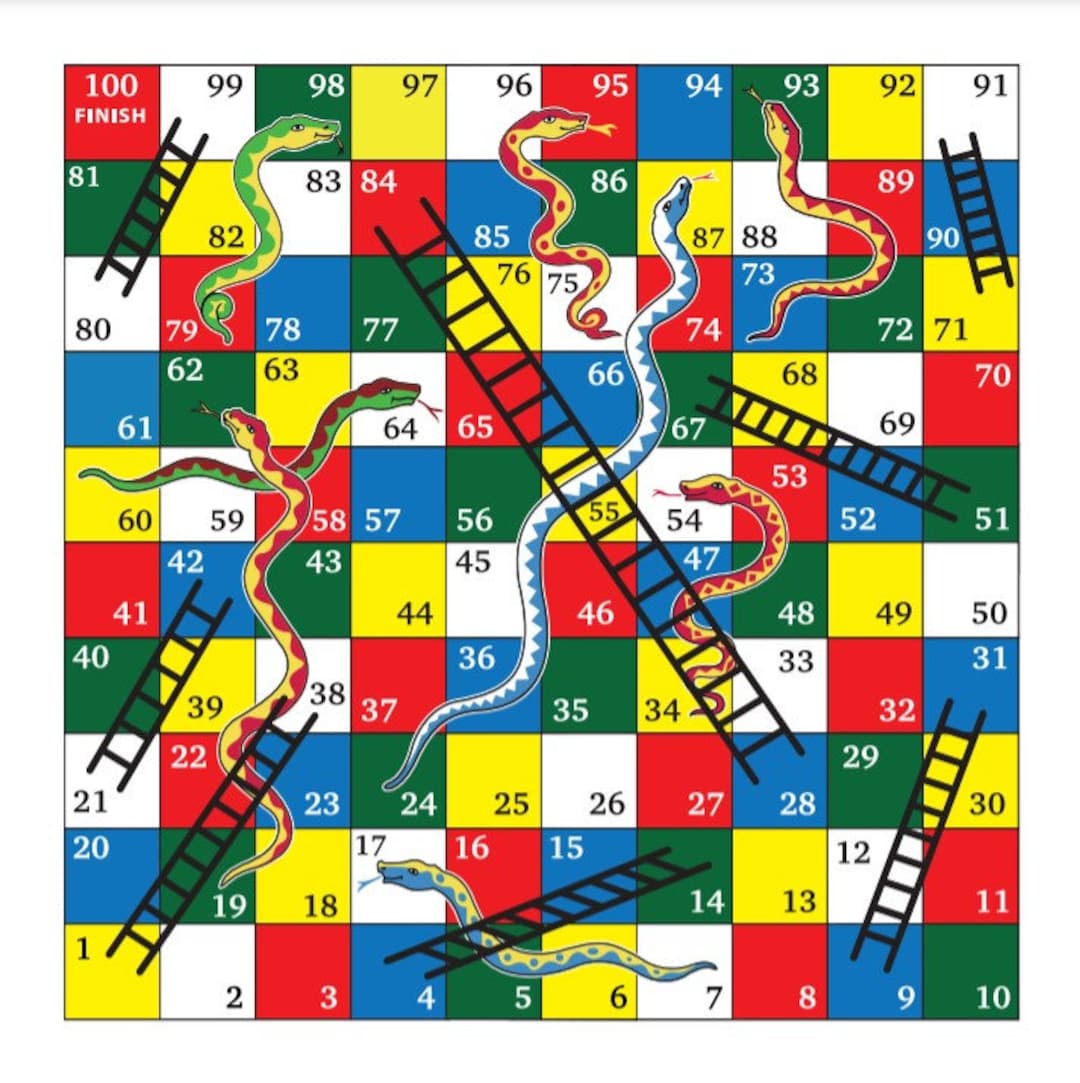
Snakes and Ladders Print Download Etsy
The board game, today called Snakes and Ladders, originated in ancient India, where it was known with the name Mokshapat or Moksha Patamu. It's not exactly known when or who invented it, though it's believed the game was played at a time as early as 2nd century BC. According to some historians, the game was invented by Saint Gyandev.